
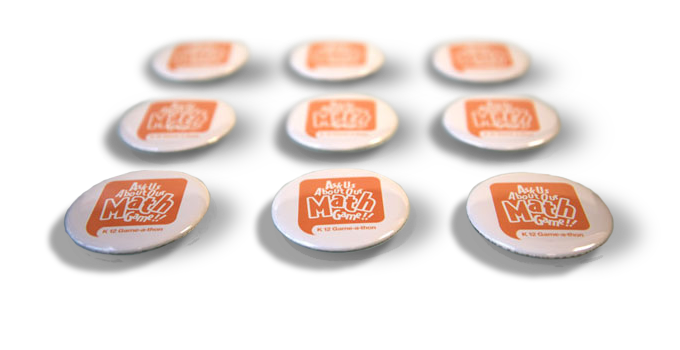


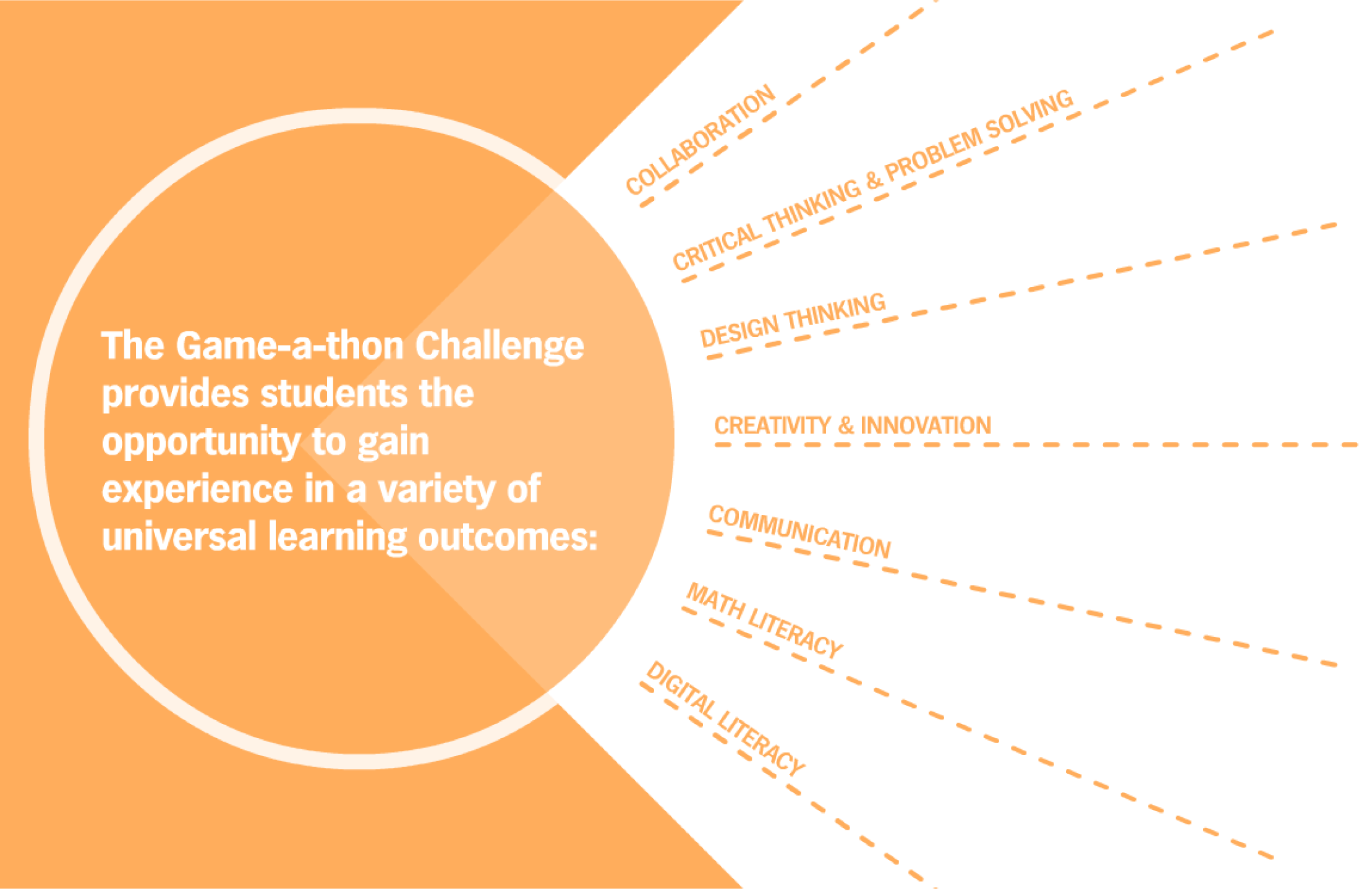
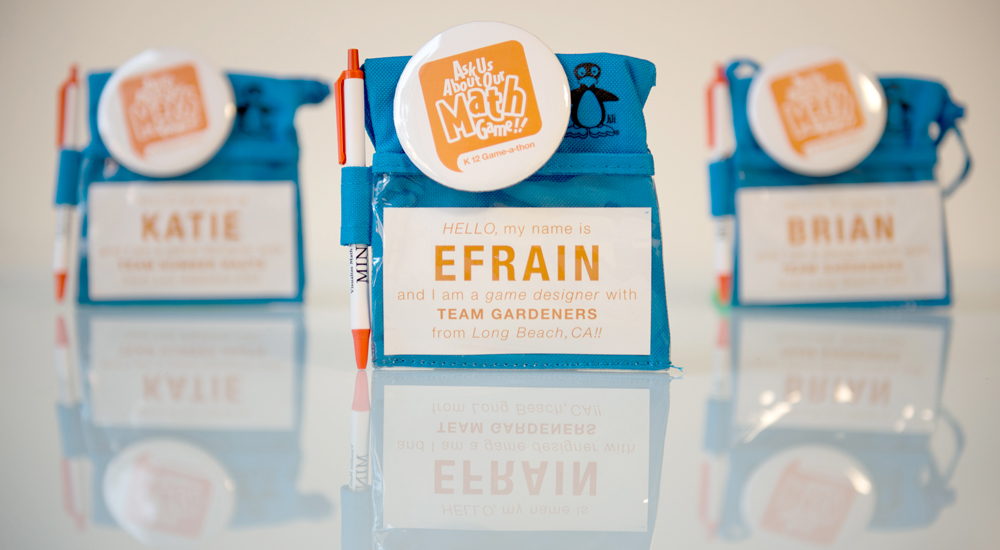
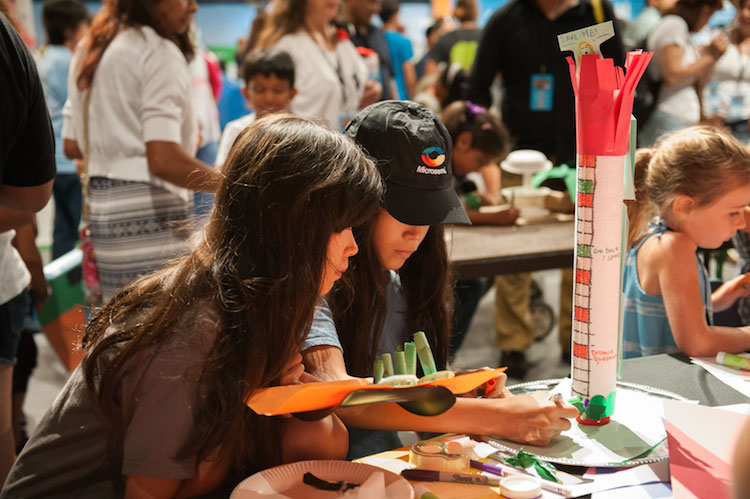
I was asked to join as the Project Lead based on my experience working on a similar campaign with Caine's Arcade / Imagination Foundation. The Game-a-thon was designed to have community advocates and partners make it a self-sustaining annual campaign.
To align the team on the project goals, we created a Strategy Blueprint to plan the Game-a-thon campaign, including all the touchpoints and objectives. This helped us answer key questions:
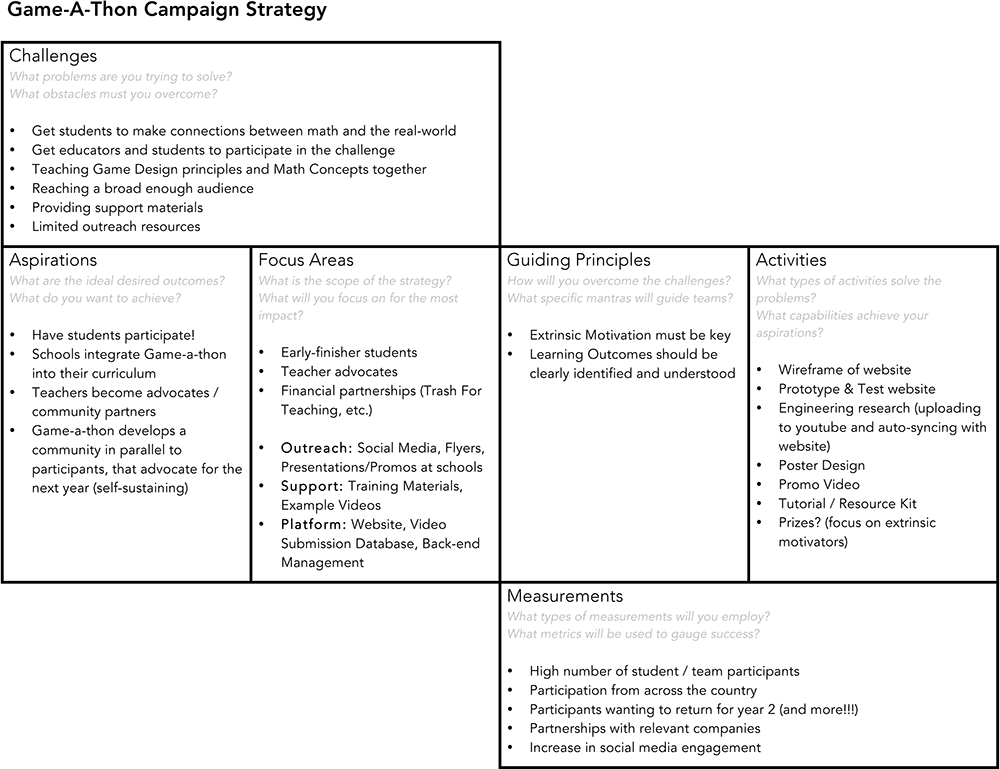
The website was key to the experience as the primary touchpoint for participants. I used a combination of Flow Diagrams, Task Analysis, Red Routes Analysis, Wireframes, and Mockups to make sense of the full process.
This defined the touchpoints of the Game-a-thon experience, ensuring the process would make sense to the participants.
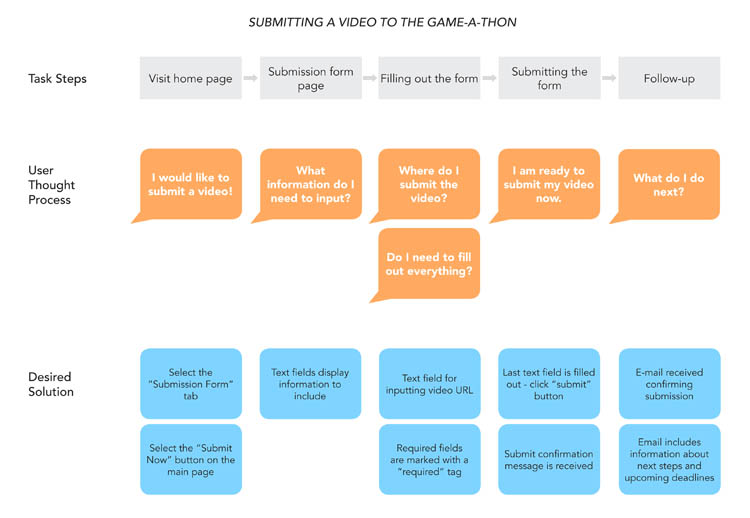
Rapid wireframing and prototyping of the website allowed us to conduct user testing quickly and easily.

I conducted continual Usability Tests before launch, and after each year to look for ways to improve the experience.
This is a very quick way to identify and prioritize the most used and sought-after features to prioritize when you're working on a project where you don't have time to do everything. In this case, the actions relating to the campaign management had the highest priority.
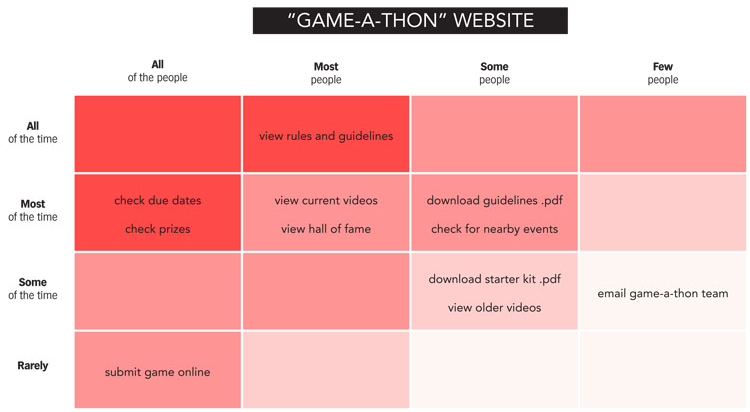
A Mental Model aggregated the feedback from test participants, giving us a clearer picture of the types of concerns and thoughts our users had.
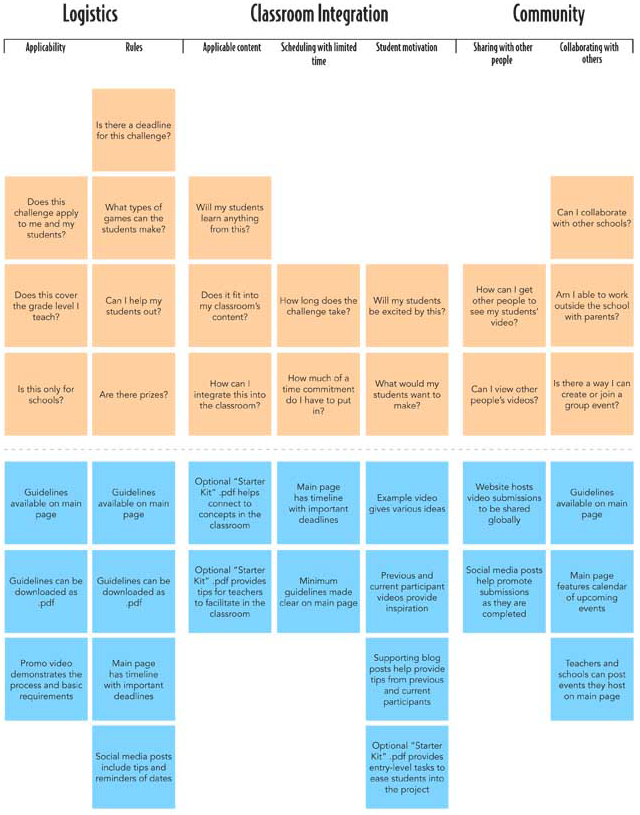
With the website ready to go, we officially launched the Game-a-thon challenge and opened the website to participants. Being a completely new campaign, we synced with our social media team to schedule a variety of promotional collateral.
With a background in video production, I produced promo videos describing the process and an example video to demonstrate what type of content should go in the video. The videos were specifically designed with a DIY style to make the Game-a-thon seem relatable and attainable to a wide range of students at varying skill levels.

I also produced some videos describing the process and an example video to demonstrate what type of content should go in the video. The video was specifically given a DIY style to make it seem relatable and attainable to a wide range of students who would have varying levels of video production experience.

Working closely with our marketing team, we scheduled promotional posts and I photographed this social media photo series to illustrate the process. It featured MIND Research Institute's mascot JiJi the penguin, demonstrating the process that Game-a-thon participants would be too:
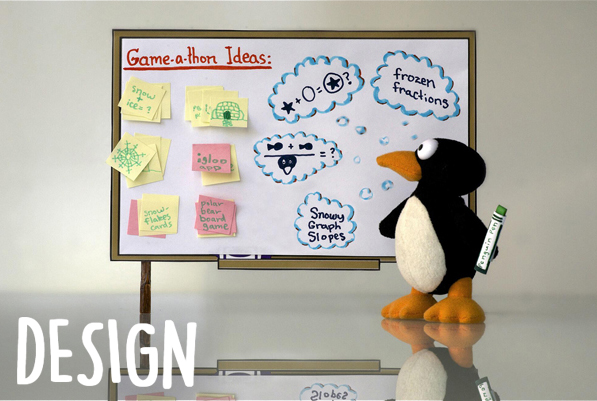
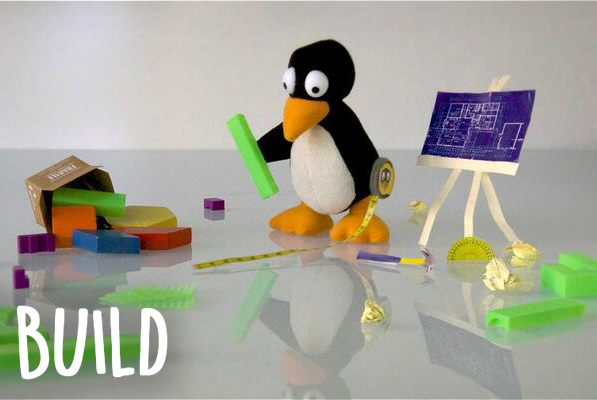
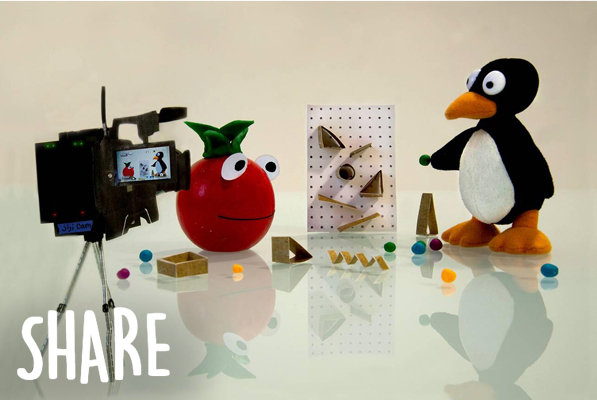
The growth of the Game-a-thon required touchpoints and promotion beyond just the challenge, so we focused on developing relationships with Community Sponsors like Disney and smaller groups like Trash 4 Teaching which was a non-profit that could provide materials for students to build games with. In addition we developed workshops to teach students about Game Design principles and downloadable "Starter Kits", which would empower teachers to run their own independent workshops.
We held a workshop at the Tiger Woods Learning Center in Anaheim, CA. I led student groups through a 45-minute session of learning the different steps of designing their own games and understanding what "learning goals" are. The workshop was structured around the Design-Thinking model of short, 3-5 minute segments of Instruction, Collaboration, and Sharing. It was a dynamic workshop and the students were engaged the whole time! Some of them also went on to participate in the Game-a-thon Challenge.
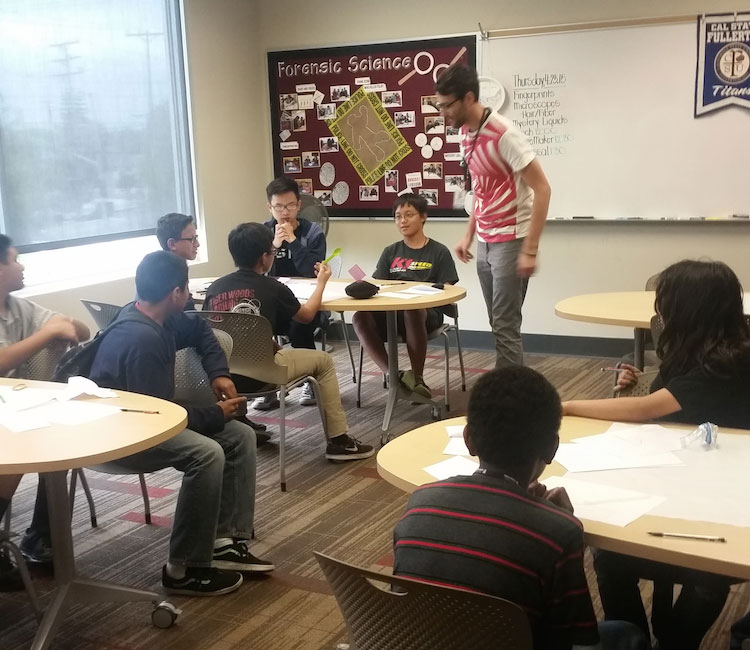
These were very important for helping provide a structure to guide students through the game-building process. In addition, it included a "facilitator" section to help teachers integrate it into their classroom curriculum. The guide featured:
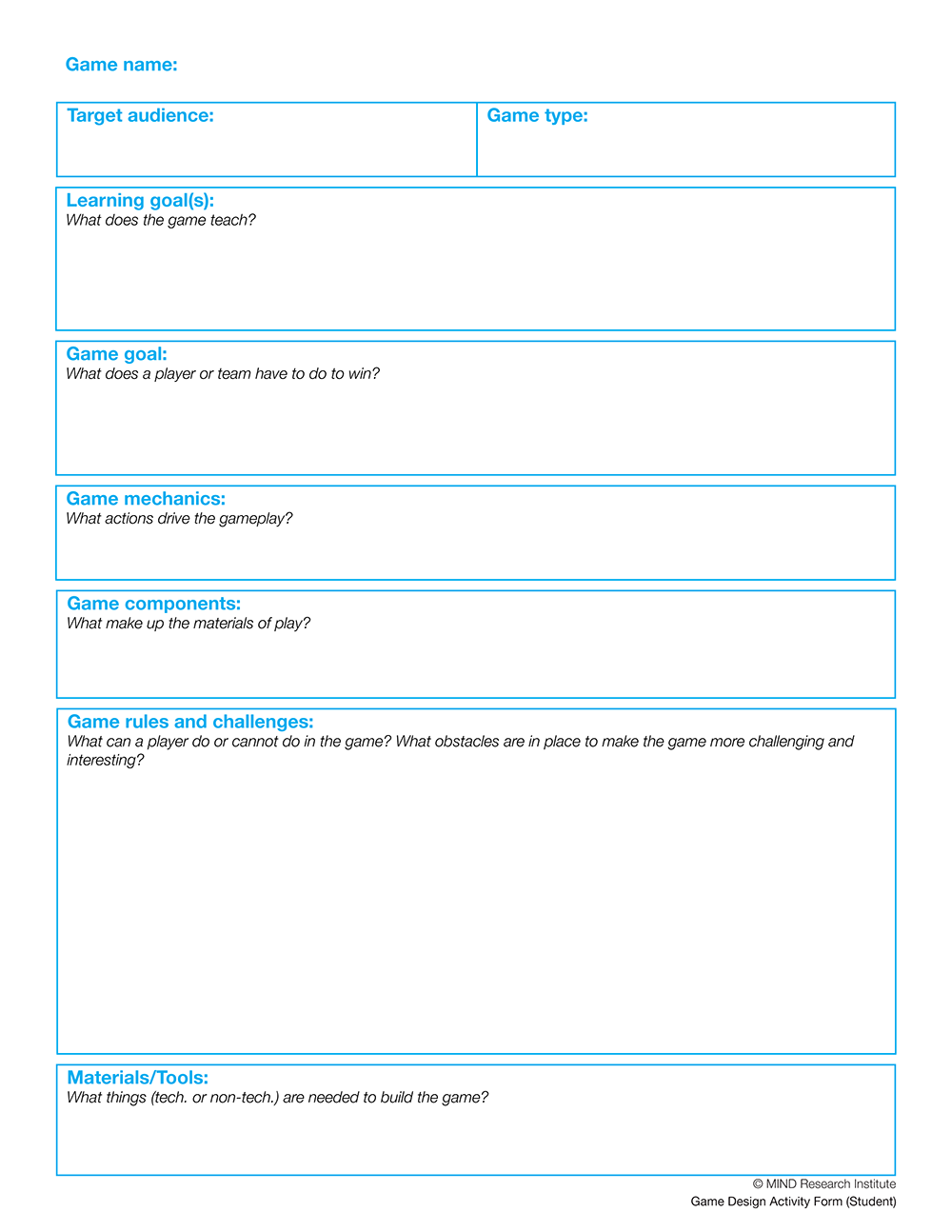
The completion of the Game-a-thon was timed to occur before our first annual Math Fair event, where we would announce the winners of the Game-a-thon and also have a booth experience for families to build their own games on-site. Over 1,000 people attended this first annual Math Fair event in Irvine, CA with the second one in Chicago, IL.
The Game-a-thon booth featured a wide range of recycled materials, game-building workshops to teach students about the math behind the games, and digital game stations to introduce younger students to programming. This also served as an additional opportunity to do live usability testing of our Starter Kit.
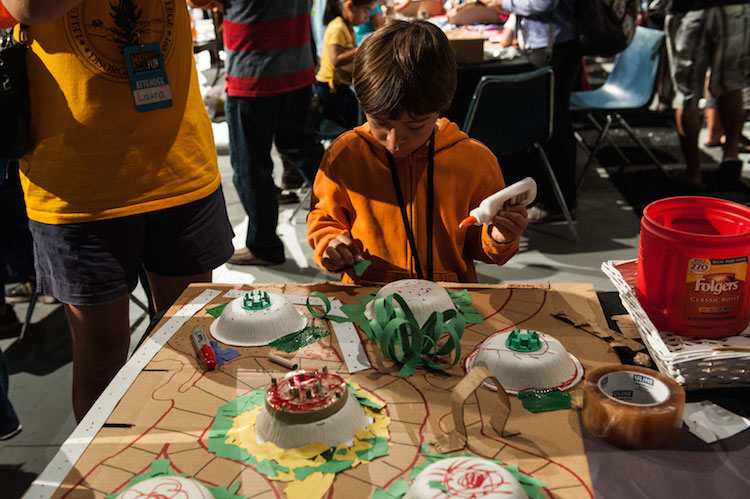

The booth also served as the place for announcing the winners of the Game-a-thon challenge, and some participants traveled out to California to attend (as far as from Ohio!). Winners received trophies and tickets to Disneyland (donated by our partner Disney), while all participants received various bits of Game-a-thon swag. In addition, the teams that made it to the Math Fair event also presented their games to an audience, which included participant schools that were video-chatting in to the event.
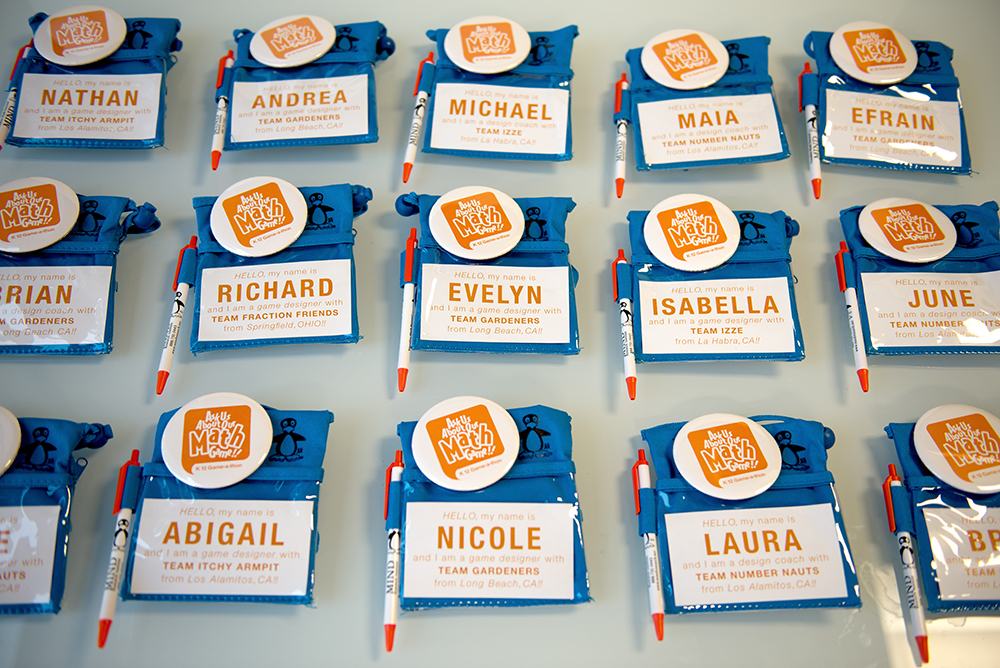
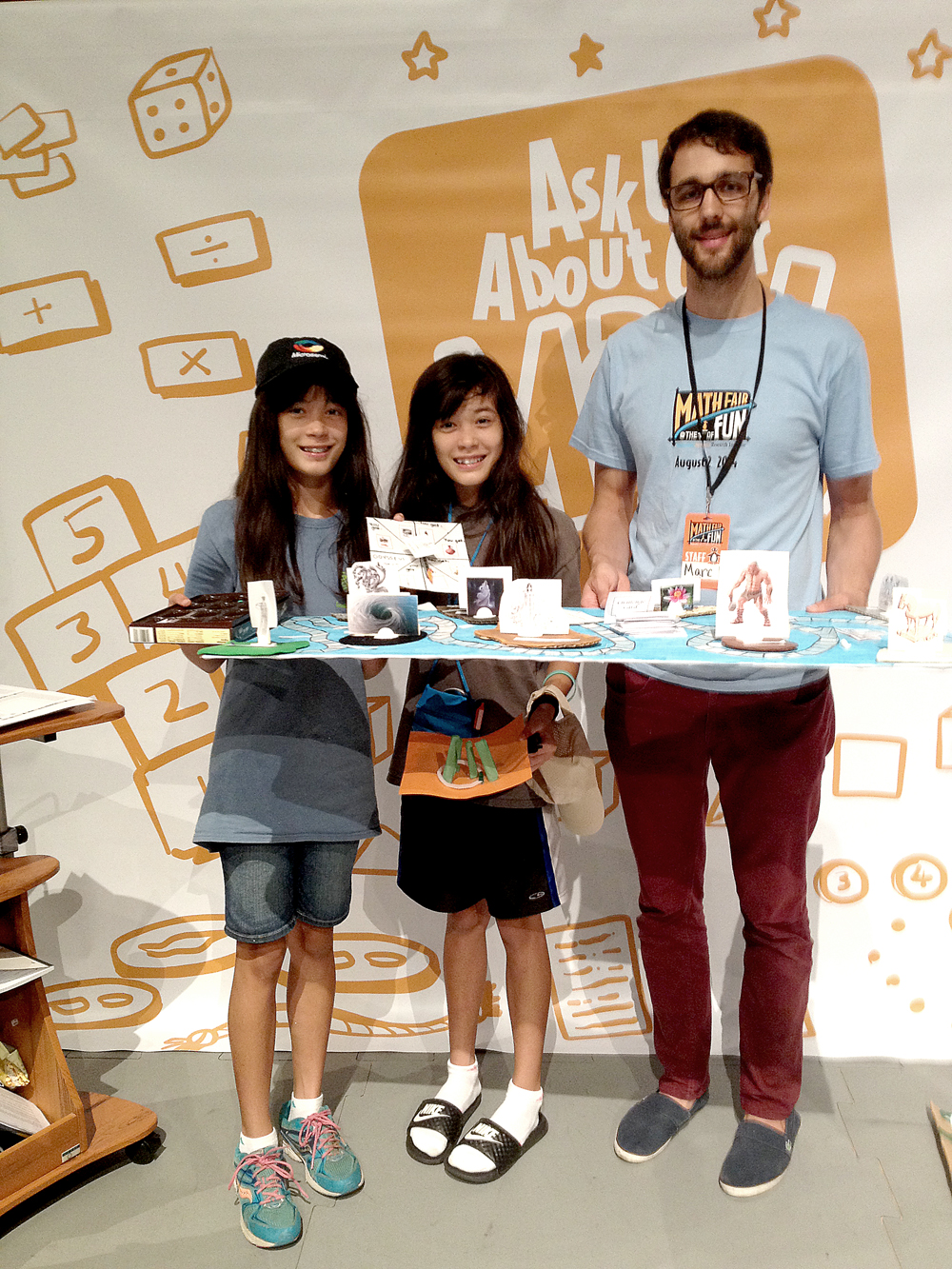
With the runaway success of Game-a-thon's first year, it was incumbent upon me and our Game-a-thon campaign group to grow the campaign. Using Retrospectives to decide what worked and what didn't, we generally followed the format of the first year with a few tweaks, and focused on stronger outreach. In addition to the Math Fair as the culminating event, we also had a Math Camp event which featured a Game-a-thon workshop as well.
I did a retrospective with our planning group to go over what we could improve for Year Two. Retrospectives are always important, especially for annual projects like Game-a-thon is.
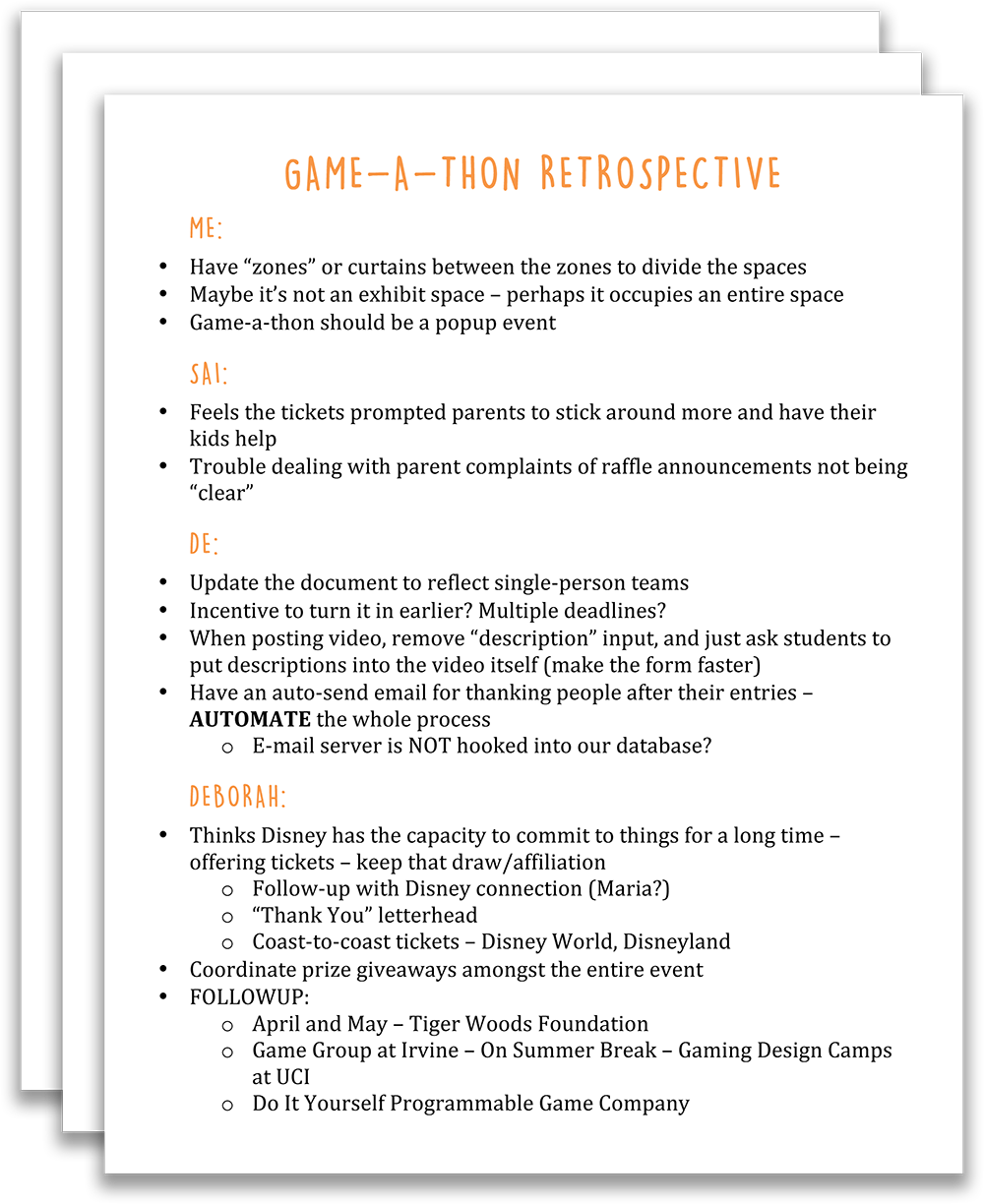
Year 2 would feature a Game-a-thon Event at MIND Research Institute's first annual Math Camp, and while this case study only covers Year 1, this glimpse into Year 2 should illustrate how the success of Game-a-thon's Year 1 led it to keep growing!
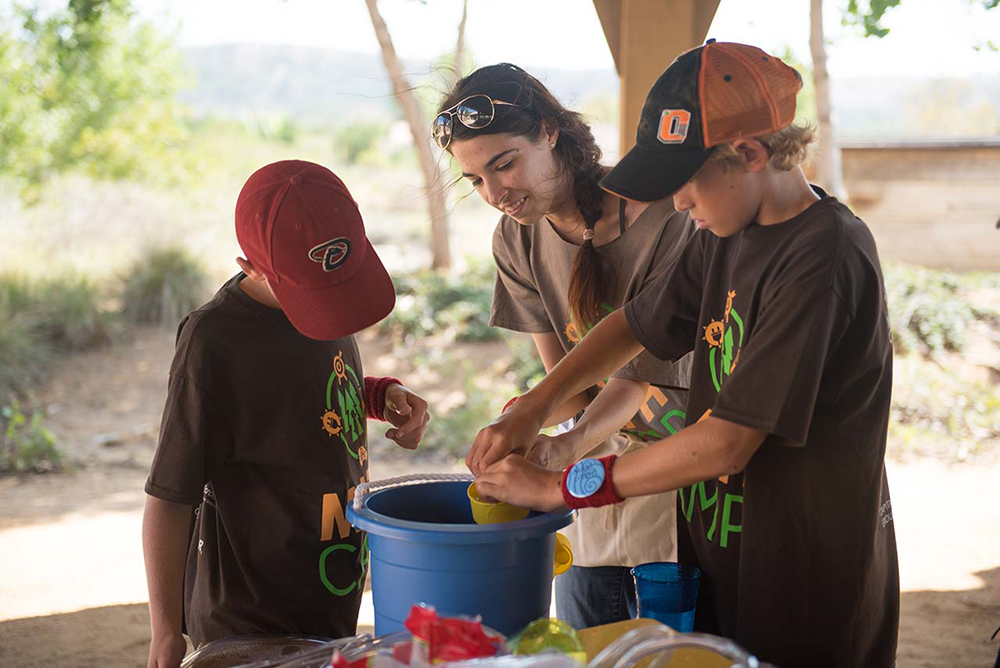
Game-a-thon continues to be a successful annual campaign, which saw continual growth over the first 3 years I managed it. Key to its self-sustaining success is its strategic model of fostering leadership in return participants, while the learning guides helped schools incorporate Game-a-thon as a recurring part of their school curriculum. The number of participating student teams increased each year, with each team comprised of an average of 2-4 students:
student teams
(Year 1)
student teams
(Year 2)
student teams
(Year 3)